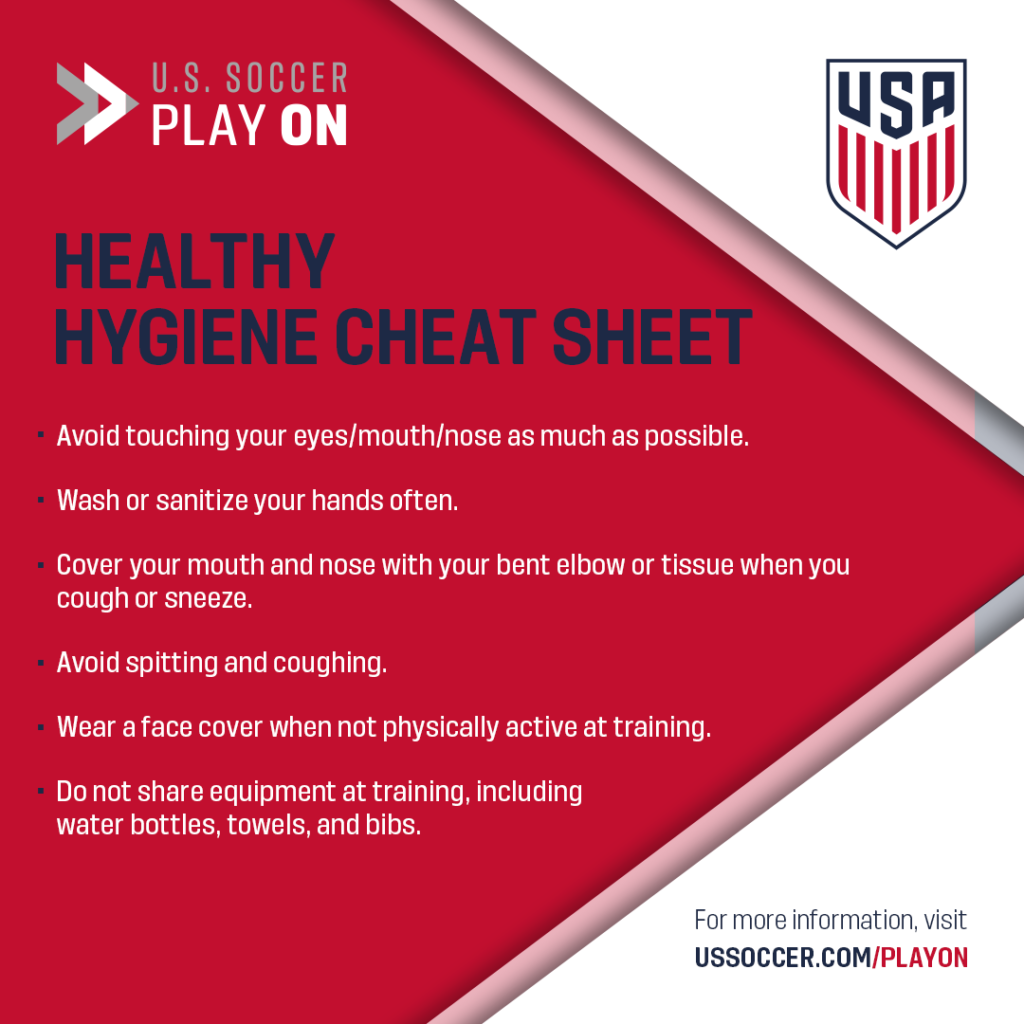An Interview with U.S. Soccer’s Chief Medical Officer Dr. George Chiampas
Regardless of training, every kid (every person) wants to send the ball flying into the back of the net. Even in without a long break, kids usually want to forget about proper warm-up — and now they’ve been off the field for so long, it’s hard to control the sheer joy of being with the soccer ball on the open pitch. Here is advice from U.S. Soccer’s Cheif Medical Officer Dr. George Chiampas.
Soccer is the world’s most popular sport and the fastest growing team sport in America. Around the globe, the Coronavirus COVID-19 pandemic forced pro leagues to suspend games, and soccer fields were empty as we all sheltered at home — but now we are back playing the beautiful game, and there is a new challenge we can overcome.
After all these weeks away from soccer practice and training, how do players return with all that pent up energy and desire without pulling a muscle or worse? Soccer players always have an increased risk of lower limb injury, and no one needs to be sidelined after this long moratorium on soccer. How can a soccer player’s risk of injury be minimized?
We thought we would ask the expert, Dr. George Chiampas who has served as the Chief Medical Officer for U.S. Soccer and the U.S. Men’s National Team since 2014.
Dr. Chiampas is also the team physician for the Chicago Blackhawks, the professional ice hockey team based in Chicago, the assistant professor in the Department of Emergency Medicine at the Feinberg School of Medicine at Northwestern University and Northwestern Memorial Hospital.
“Coaches Should have a Plan — And we can’t go from zero to 100, we can’t go from 10% to 90%.”
Dr. George Chiampas, U.S. Soccer’s Chief Medical Officer
The focus of the interview is to provide high-level youth soccer players, youth soccer coaches, and soccer parents with valuable information on how to minimize the risk of injury as many youth soccer players have been off the soccer fields for 10 to 12 weeks — an unprecedented length of time. Most high-level soccer players have never had a break longer than a few weeks.
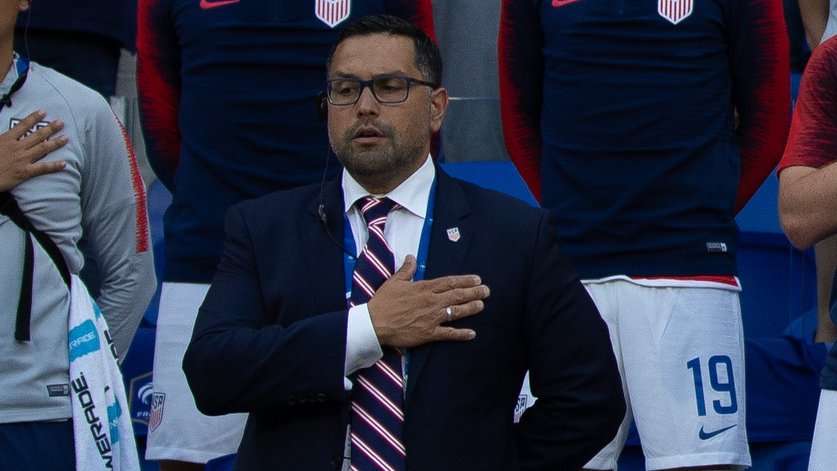
SoccerToday Interview with Dr. George Chiampas
Diane Scavuzzo: I would love to be able to get your ideas on ways to minimize the risk. What coaches can do? What players can do? What do people need to know?
Dr. George Chiampas: First and foremost, it’s an interesting time. I think that, especially at the high-level soccer space, this is unprecedented.
Kids haven’t been off for this amount of time. There’s probably levels of anxiety, probably levels of angst about what soccer is going to look like for them — in the next short and long period.
I know a lot of kids that are also concerned about being seen by colleges.
I think as coaches and as parents, it’s really, really important to emphasize the things that matter most. And those are just being able to progress in a really methodical way and to ensure that the kids are still having fun.
I think it’s incumbent upon all of us to really come at this with the right mindset, not rush into things, understand that kids may be coming in with a different level with regards to where they’ve been, and what they’ve been doing over the last several months. Some may be physically fit but not emotionally “soccer” fit.
Coming in with the right level of expectation is really important.
Diane Scavuzzo: Most kids, regardless if they dream of becoming a pro or helping the USA win the World Cup, are going to go out to the field, and they’re going to see a soccer ball and the beautiful green grass, and they’re going to not be able to stop themselves from striking that ball, running after it, doing whatever they can to start scrimmaging — because they haven’t had the chance for so long.
Should we be concerned? What can youth soccer coaches do to minimize the risk of injuries?
Dr. George Chiampas: I think coaches need to do all that work before they even come to the fields.
This is going to be a very important period of time for our coaches across the United States — and their level of responsibility in all this.
Coaches need to be measured, to have a plan, to communicate not only a short term but a longterm plan for the players.
It is important to set expectations — right from the beginning — when they bring their players together. They should walk players through what the next two to six weeks look like.
Laying out a plan to your players — and why that plan exists, be it a progression or injury prevention, when you lay out a plan, and the coach shows that the players’ interests are at the core of that plan, that’s when you get compliance and buy-in. And then, everyone is moving forward together.
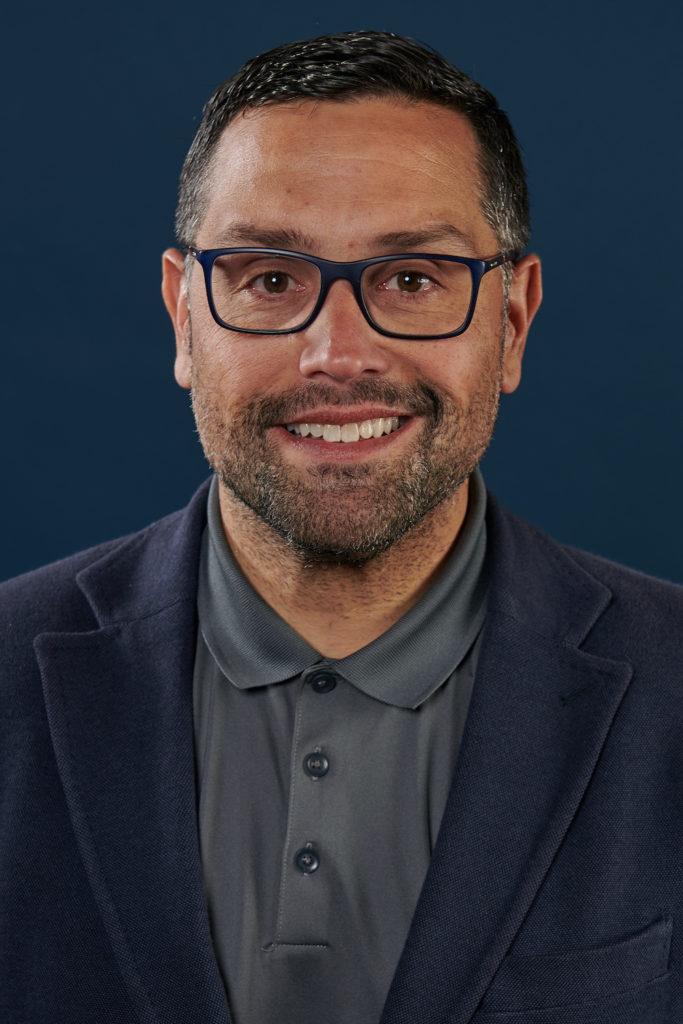
Diane Scavuzzo: Is there anything specific you think coaches should do when they get their players on the field regarding warmup exercises? The FIFA 11+ injury prevention program for soccer players showed that warm-up reduced the risk of injury in soccer players by 30%.
Dr. George Chiampas: Obviously, you want to make sure that players are all having a good amount of time to activate, about 10 to 15 minutes of activation before they start training. Coaches can implement activation exercises, some band work, and using foam rollers — and then incorporating an ACL prevention program at least two to three times a week — if that’s a part of their overall structure.
Ideally, players can do some of this work at home too.
Obviously, probably for the first two to four weeks, there is a gradual progression built-in, so that we’re avoiding injuries. Because we can’t go from zero to 100, we can’t go from 10% to 90%.
There has to be a period of time with a percentage increase in load across the players.
Then also, individualizing some of the programs for the players and getting feedback from the players post-training, in advance of the training, of what that exertion felt like to them.
And, are coaches implementing recovery post-training?
So that way, when players come back to the field the next day, or two days later, that progression is layered on so that they can move forward systematically.
Diane Scavuzzo: How long do you think it’ll take players on average to get back up to speed and be game ready?
Dr. George Chiampas: I think to become soccer specifically fit, incorporating a lot of the quick turns and accelerations, four to six weeks would be where I would land. Most experts would say somewhere in that range.
So not going into competitions in the next four to five weeks would be ideal.
Diane Scavuzzo: What should youth soccer players do as they start practicing? Should they be running?
Dr. George Chiampas: To be honest with you, I think that incorporating your fitness within the game of soccer is really, really important.
Most of these kids are probably tired of running on their own, whether it be running four to five, six miles on a treadmill or outside. I think they need to start getting soccer fit.
So for coaches to bring players out in the fields and just run sprints or run laps is really counterintuitive.
I think coaches have to really build the players’ soccer endurance with drills that are soccer-specific.
I think that’s where we really want our coaches to be at this point — the responsibility of the coaches.
From a player’s perspective, you really want to focus on how you’re eating, how you’re sleeping. Are you incorporating the activation components in the pre-training, and then also incorporating recovery aspects after training?
There is a lot of information for coaches, parents, and players on our Play On.
Diane Scavuzzo: Thank you so much, we all want a safe return to play, and to be able to stay on the fields! Dr. George Chiampas is also the founder of Chicago Cardiac Arrest and Resuscitation and Educational Services (CCARES), a foundation that promotes public education, awareness, training, and legislation on sudden cardiac death. Thank you for all you do to keep people safe.
Here is information from U.S. Soccer on Return To Play:
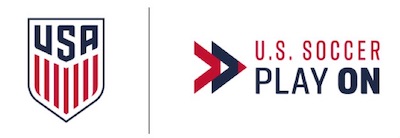
The new initiative, U.S. Soccer PLAY ON, offers guidelines and best practices are intended for use WHEN AND IF local authorities deem it safe to return to the practice field. There is a ton of information available on U.S. Soccer’s Play On — here are a few highlights:
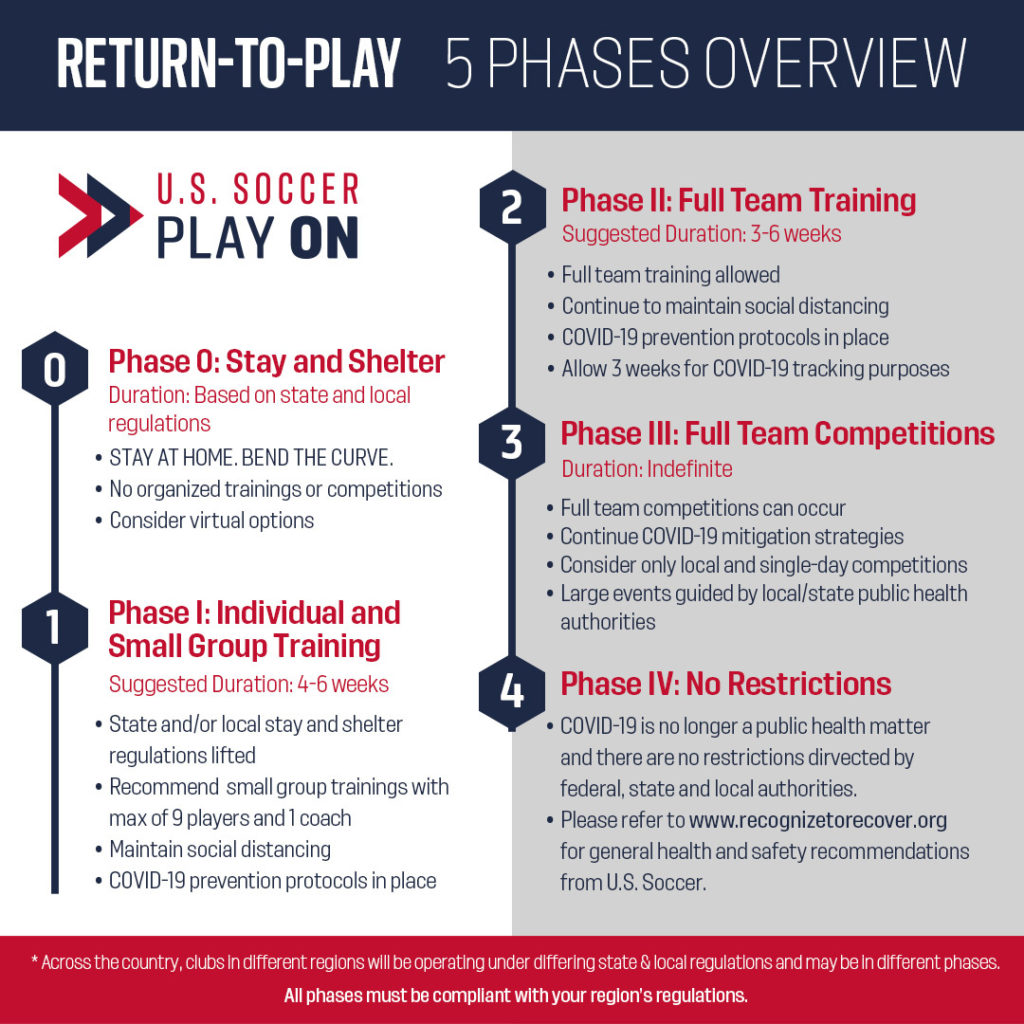
The guides include a detailed approach to social distancing, screening, training, and interactions to ensure consistent and best practices are followed to promote the health and safety of all participants and fans.
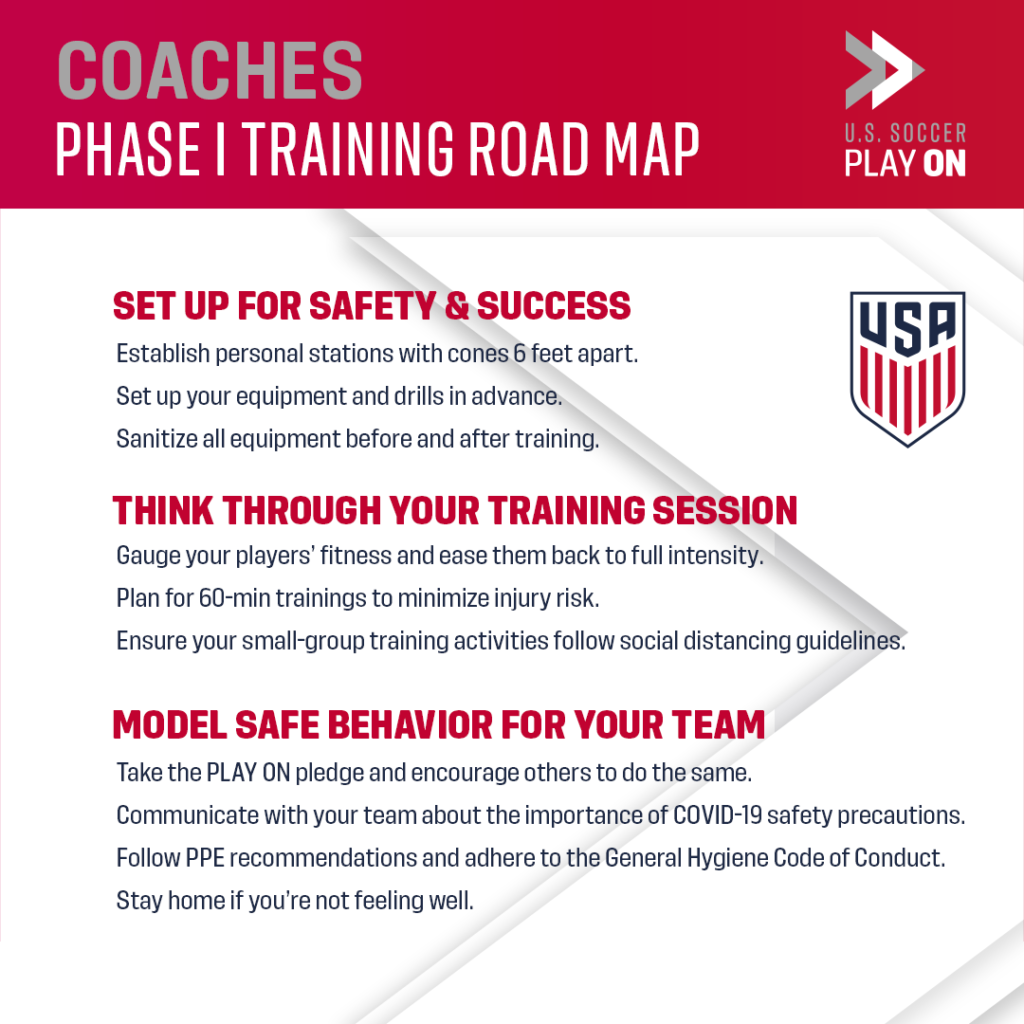
U.S. Soccer’s PHASE 1: GRASSROOTS SOCCER RECOMMENDATION GUIDE is available in English and Spanish.
